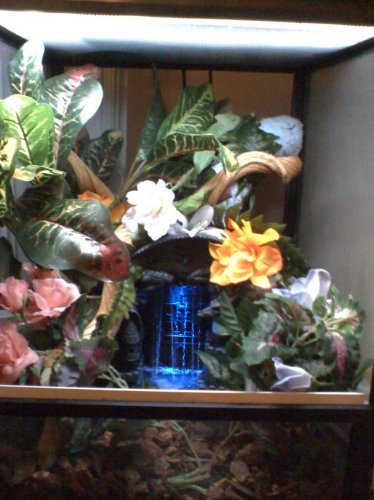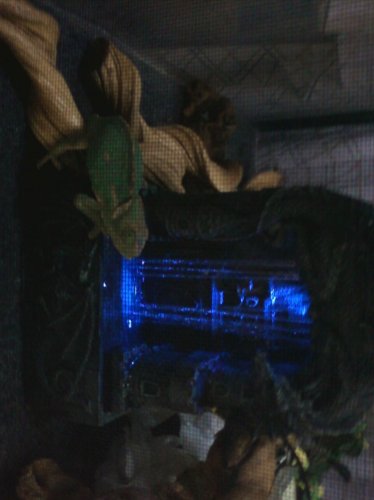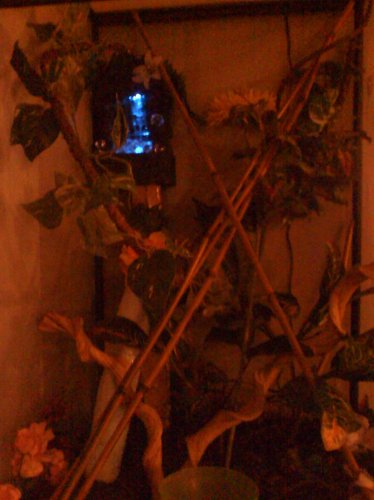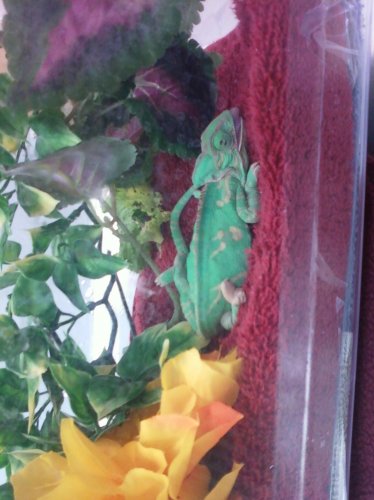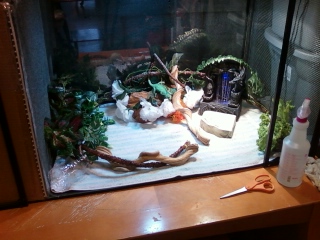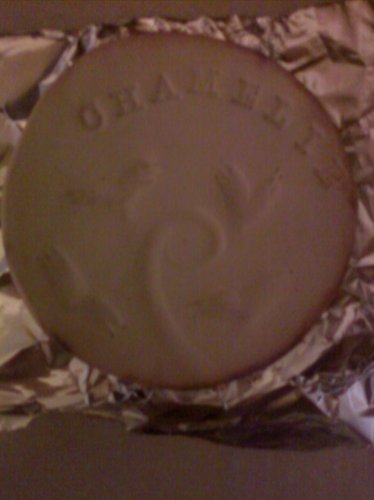roo_71
New Member
I'm very sorry I missed some of the info in the posts. I've had a rough day and am cranky ... seeing a dead cham added to that so I apologize for my bad assumptions.
I think calcium twice a week for a cham that young is pretty light though. I got my veiled at two months of age and was told by the breeder to dust with caclium daily and vitamins every other day ... but lightly on both suppliments.
I kind of doubt the night light had anything to do with her death. I keep reading and hearing that any type of heat light at night would most likely bother them since they can see it and heat really isnyt needed at night at all unless it drops into the 50's. Chams should have at least a 10 degree drop in temps at night. So the light and heat at night may have stressed her ... but to the point of dieing I just dont know.
Again, very sorry for your girl.
-roo
I think calcium twice a week for a cham that young is pretty light though. I got my veiled at two months of age and was told by the breeder to dust with caclium daily and vitamins every other day ... but lightly on both suppliments.
I kind of doubt the night light had anything to do with her death. I keep reading and hearing that any type of heat light at night would most likely bother them since they can see it and heat really isnyt needed at night at all unless it drops into the 50's. Chams should have at least a 10 degree drop in temps at night. So the light and heat at night may have stressed her ... but to the point of dieing I just dont know.
Again, very sorry for your girl.
-roo









